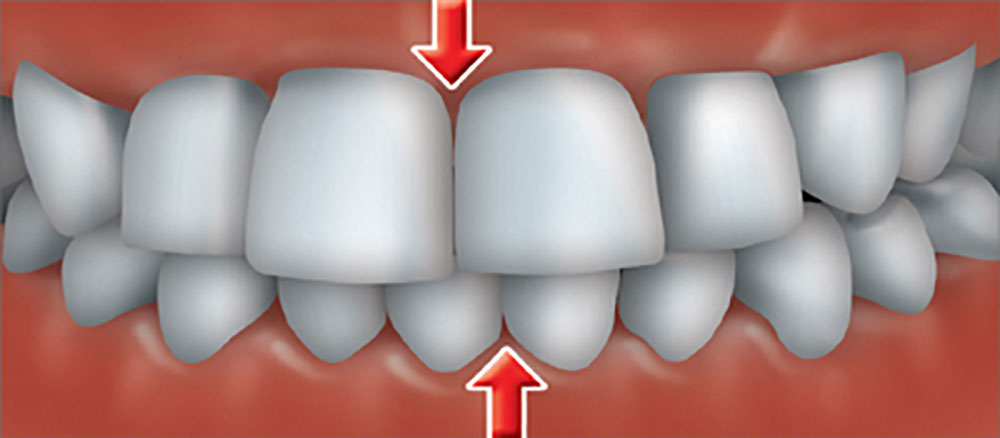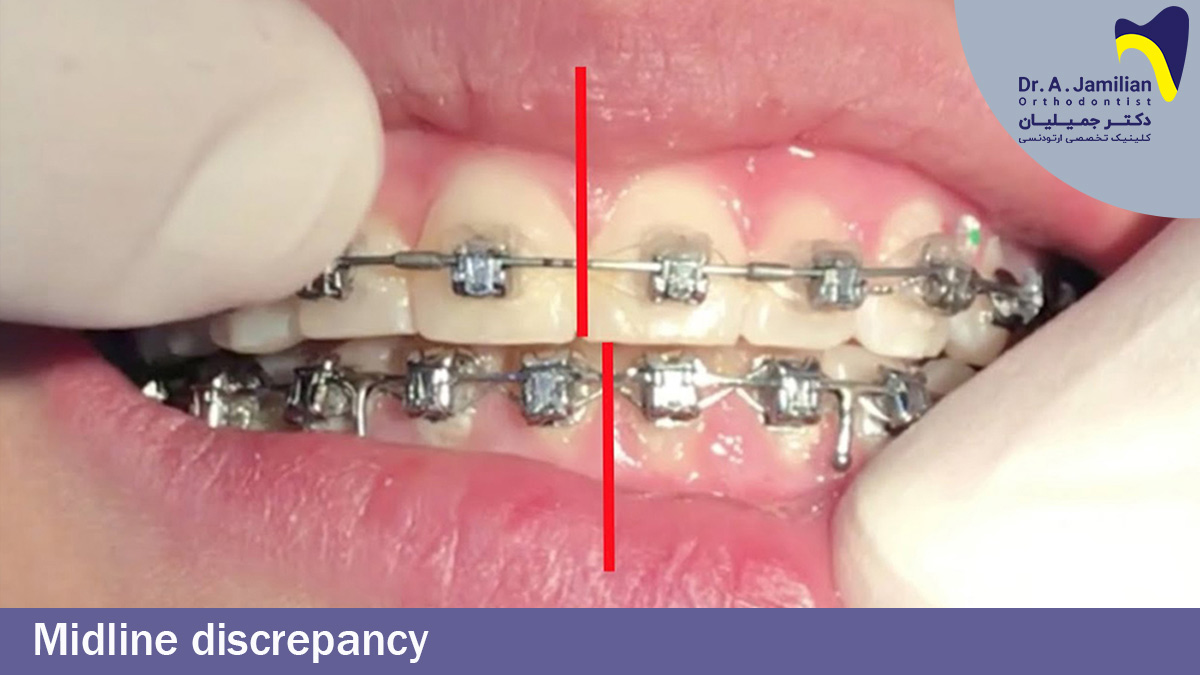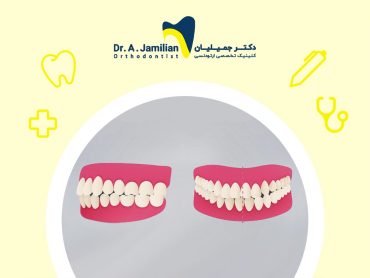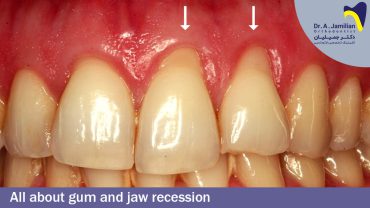Midline discrepancy is a persistent problem that occurs quite oftenly and one that all orthodontists will encounter sooner or later. Patients with bone tissue, soft tissue and dental cavities have a possibility to occur with midline discrepancy. In midline discrepancy it is essential to have a correct diagnosis of the cause and the role of the mouth components. A successful orthodontic treatment is highly dependent on dental symmetry.
Midline discrepancy can arise from jaw/skeletal problems, jaw deviation, dental problems i.e unilateral deciduous, permanent tooth eruption, teeth crowding, and missing teeth/teeth. It can be treated easily, if midline discrepancy is due to jaw deviation and if the patient refers to a dentist before puberty. It’s easily treated with removable orthodontic appliances. However, if the patient refers to the dentist after puberty and midline discrepancy is due to jaw/skeletal problems, midline discrepancy should be treated through jaw surgery and orthodontics. Therefore, priority is given to early treatment with orthodontics without surgical intervention. Patients with tooth problems need fixed treatment, which can be done at any age given their gum conditions.

Midline discrepancy may be of dental or bone origin, or a combination of both. Occasionally, it is possible to have a change in the functional direction of the mandible. This is able to lead to midline discrepancy.
Therefore, it is crucial to determine whether the cause of the discrepancy is of a dental or bone origin, or a combination of both. According to orthodontic textbooks, the maxillary midline is exactly in the mouth middle in about 70% of people, but the maxilla and mandible only match in one fourth of the population. Overall, midline discrepancy is unfortunately found in all types of cases. It’s located at the esthetic point of the face and is very obvious, necessitating correction and treatment. Causes and diagnosis of this malformation are discussed below.

Etiology of midline discrepancy
Midline discrepancy usually has two common causes regardless of its type. In general, the causes of midline discrepancy are divided into two categories:
- Genetic factors
- Non-genetic factors
- Genetics: Deficiencies in the genetic symmetry-generating mechanism as well as environmental factors lead to definitive deviation of midline to the right or left.
Examples: Multiple neurofibromatosis, dominant gene-related familial incidence, hemifacial microsomia (facial asymmetry), and cleft lip and palate.
- Local and non-genetic factors:
- Jaw trauma
- Early loss of deciduous teeth
- Ankylosis of primary molar teeth (Ankylosis: fusion of the tooth root surface with its surrounding alveolar bone)
- Improper tooth eruption
- Congenital missed teeth or extra teeth
- Tooth decay
- Habits
- Tooth size
Midline position measurement
The position of the maxillary midline relative to the facial midline is considered an important diagnostic component in orthodontic treatment. With most patients undergoing orthodontic treatment, the maxillary and mandibular midline isn’t aligned with the midline of the facial soft tissue. There are various reasons this may occur, although commonly it is from relative to the face bony structure, or from dental or bony asymmetries in which the maxilla or mandible have an abnormal position. This is due to upward or downward displacement or deviation of teeth, upper or lower teeth arches, teeth rotation or difference in teeth size. Positioning the midline is very important for dental symmetry.


